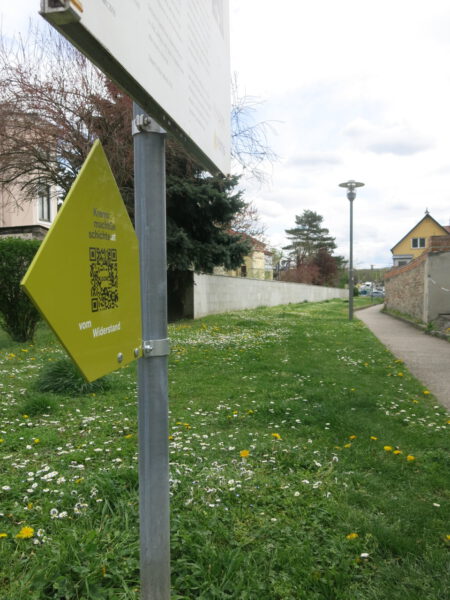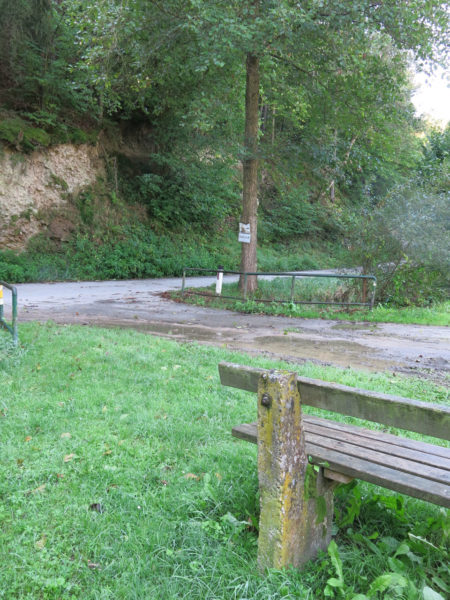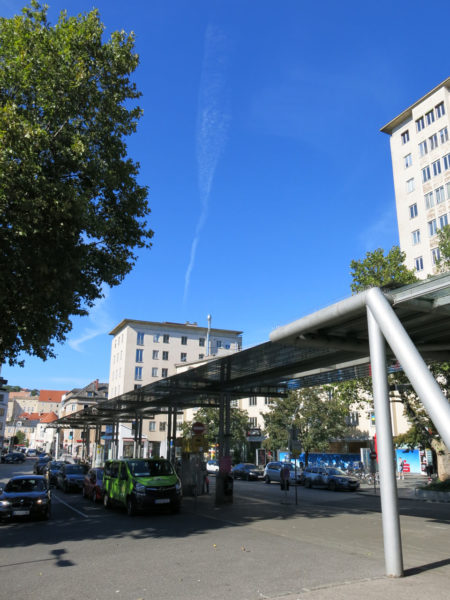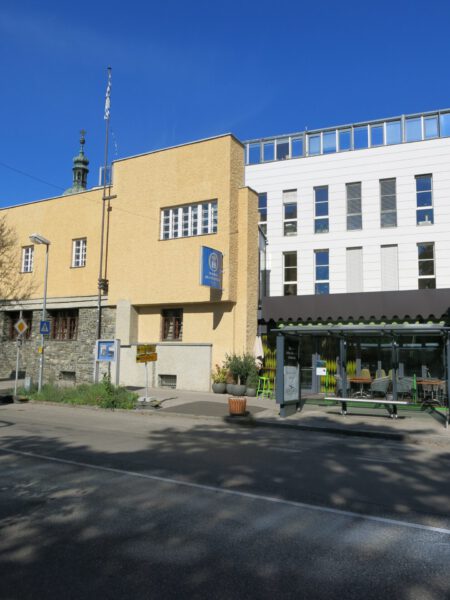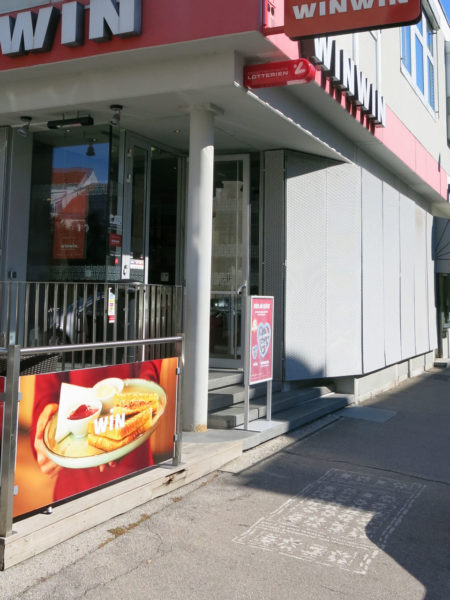Streets, buildings, towns are storage vessels for history and for stories. If we let them decay or even demolish them, we are deleting the traces of our own history. From time to time that may be in someone’s political interests. Immediately after seizing power in Austria in 1938, the National Socialists destroyed a monument that commemorated a terror attack committed by SA men against Austrofascist auxiliary police officers in Alauntal near Krems. The destruction of historical artefacts is symptomatic of a society’s consciousness of history.
The synagogue in Krems had survived the pogrom of November 1938, cynically dubbed “the night of broken glass” by the Nazis, and the Allied bombings of 1945. After the war it was handed back to the Jewish Community of Vienna (IKG), which sold the building in the 1970s. In 1976 the city authorised its demolition. Today, a betting shop stands on the site of the temple.
In 1938 Krems became the “Gau capital” of Lower Danube. However, it lacked a venue for large gatherings, which was needed for its new role. Before the end of the year there were plans for a hall building as an extension to the Brauhof inn. The Brauhof hall was opened two years later. It served as a venue for concerts and plays. But the main purpose of the hall was to host large gatherings of people who could be turned into obedient followers of the regime by the staging of emotionally manipulative, theatrical events.
The few surviving photos show a stage decorated with a swastika, flags waving, a jubilant crowd with raised arms. When the Brauhof hall was torn down to make way for a shopping centre in 1993, these traces too were erased.
